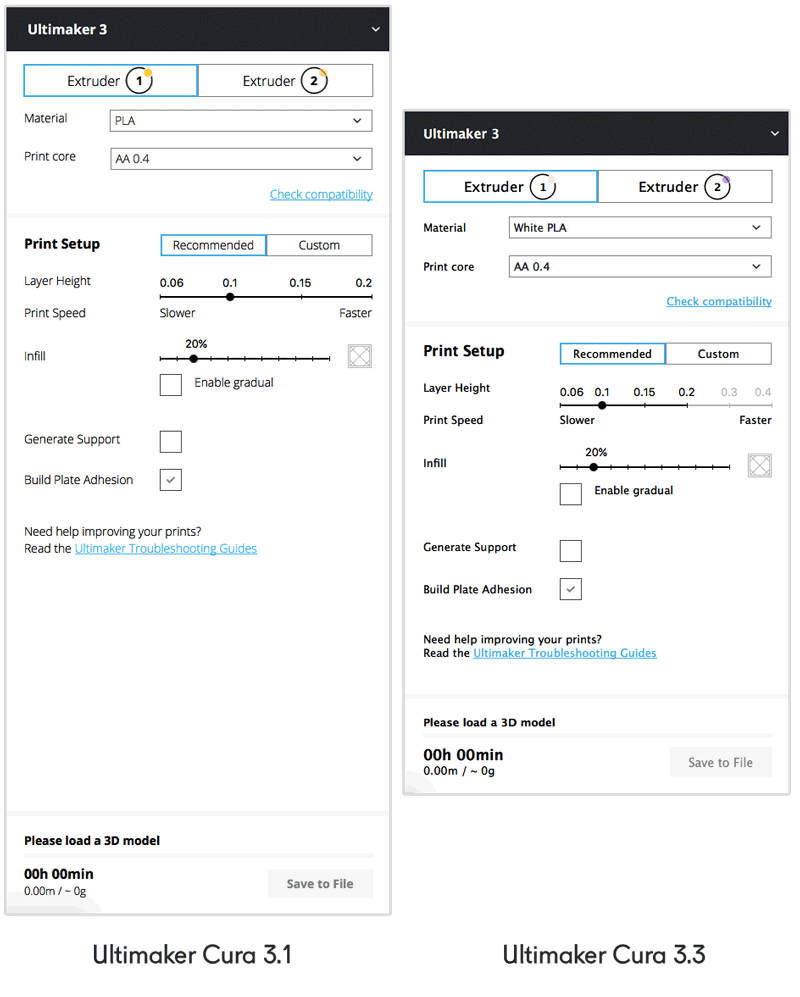The 2017 Shapeways Transparency Report shines a light on how the world’s biggest 3D printing marketplace handles accusations of infringement of intellectual property.
For those folks studying the shifting dynamics of the 3D printing marketplace, the Shapeways Transparency Report 2017 is as good a place to start as any. Published in March 2018, it provides detailed information on how the company handles requests to remove, modify, or disclose information.
The largest portion of the report, according to Shapeways legal counsel Michael Weinberg, covers how they handle accusations of infringement of intellectual property.
“We received 1,622 such accusations in 2017, up slightly from 2016,” he says.
“The report breaks down these accusations by the type of right alleged to have been infringed (copyright, trademark, patent, and right of publicity). It also documents how the counternotice process works in our community.”
The key takeaways from the 2017 Shapeways Transparency Report are:
- The number of requests that combine trademark and copyright claims (a practice that can complicate compliance) has remained steady as compared to last year.
- 16% of all accusations of trademark infringement were withdrawn by the rightsholder after a negotiated settlement between the accuser, Shapeways, and the targeted Shapeways user. Often this involves modifying the terms of a product listing.
- 50% of all accusations of trademark infringement were withdrawn after being challenged by Shapeways for overstating the rights of the accuser.
- All 4 DMCA counternotices submitted by users were successful.
Weinberg says how the company handles accusations of trademark infringement is perhaps the most striking information in the report.
“Unlike copyright, in the United States there is not a statutory safe harbor for sites like Shapeways when it comes to allegations of trademark infringement,” he expains.
“Without such a safe harbor, we cannot easily allow users accused of trademark infringement to challenge accusations leveled against them.”
This means that Shapeways has to review every accusation of trademark infringement to confirm that they have a strong basis in law. If they believe that the accusation can be resolved without completely deactivating the listing (for example, by modifying the title, description, and/or tags), they attempt to broker a solution between the accuser and the accused.
However, if they believe that the accusation does not have a strong basis in law they may refuse to comply with it entirely. In these instances, the shop owner targeted by the accusation might never know about it in the first place.
Either way, the process can take weeks and sometimes months to resolve.
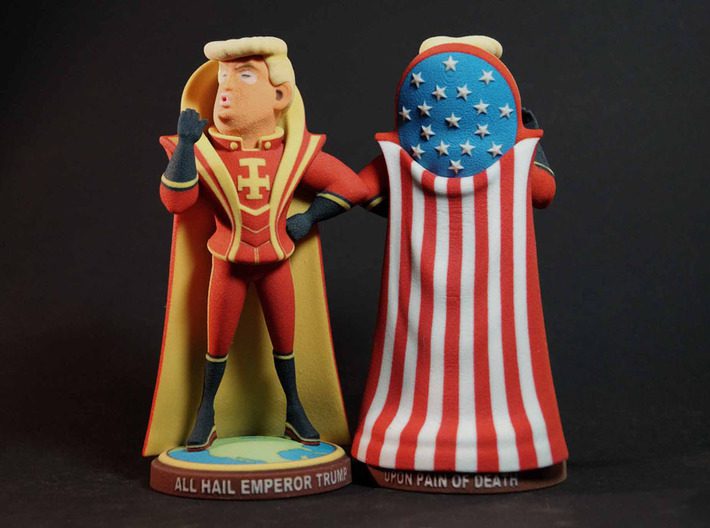
Data Distortions in Shapeways Transparency Report
A key incident from the 2017 Shapeways Transparency Report is that a single, unidentified rights-holder targeted over 600 models for removal from the site on the grounds of trademark infringement. This led to a significant data distortion, as Weinberg elaborates.
“Upon review, Shapeways believed that a number of the models in dispute were not using the mark in a way that violated the rights of the rightsholder,” he says.
“Shapeways and the rightsholder entered into ultimately unresolved discussions seeking a resolution. Over half of the originally accused models remain in the Shapeways marketplace pending its eventual resolution.”
While those discussions continued, the rightsholder also submitted a Digital Millennium Copyright Act (DCMA) takedown request targeting the media or images accompanying the listing. In response, almost 250 models had some descriptive media removed from the listing while the model itself remained.
“Since this was an unprecedented response by a rightsholder and one that Shapeways believes is unlikely to be used in the future,” writes Weinberg, “those models will be counted as targets of unresolved trademark claims but not copyright claims for the purposes of this analysis.”
What becomes clear from the report is that Shapeways would benefit from a streamlined process where their users can challenge accusations of trademark infringement directly.
Something like the DMCA process, which allows rightsholders and users to resolve their disputes without resorting to formal litigation. This would mean that any trademark dispute could be resolved without entangling Shapeways as an intermediary.
One other important (and good) thing to note about the 2017 Shapeways Transparency Report is that their “warrant canary” is still present and correct. This means that Shapeways users have not been targeted by requests for data from government entities.
Keen to learn more? Find the 2017 Shapeways Transparency Report and previous years archived here.
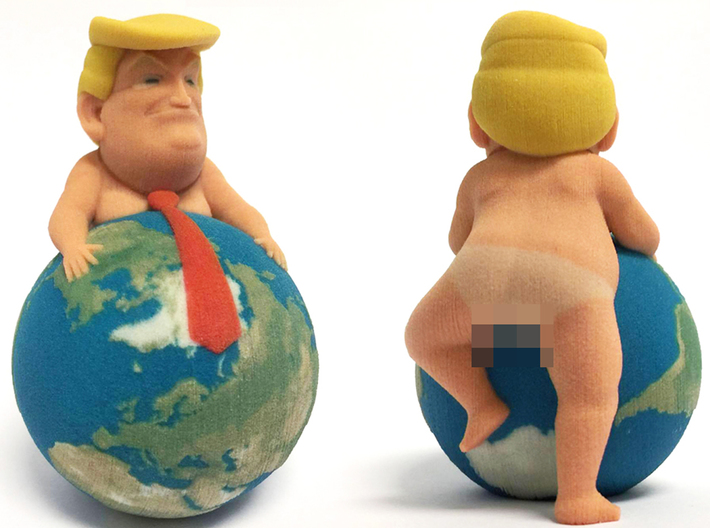
Website: LINK
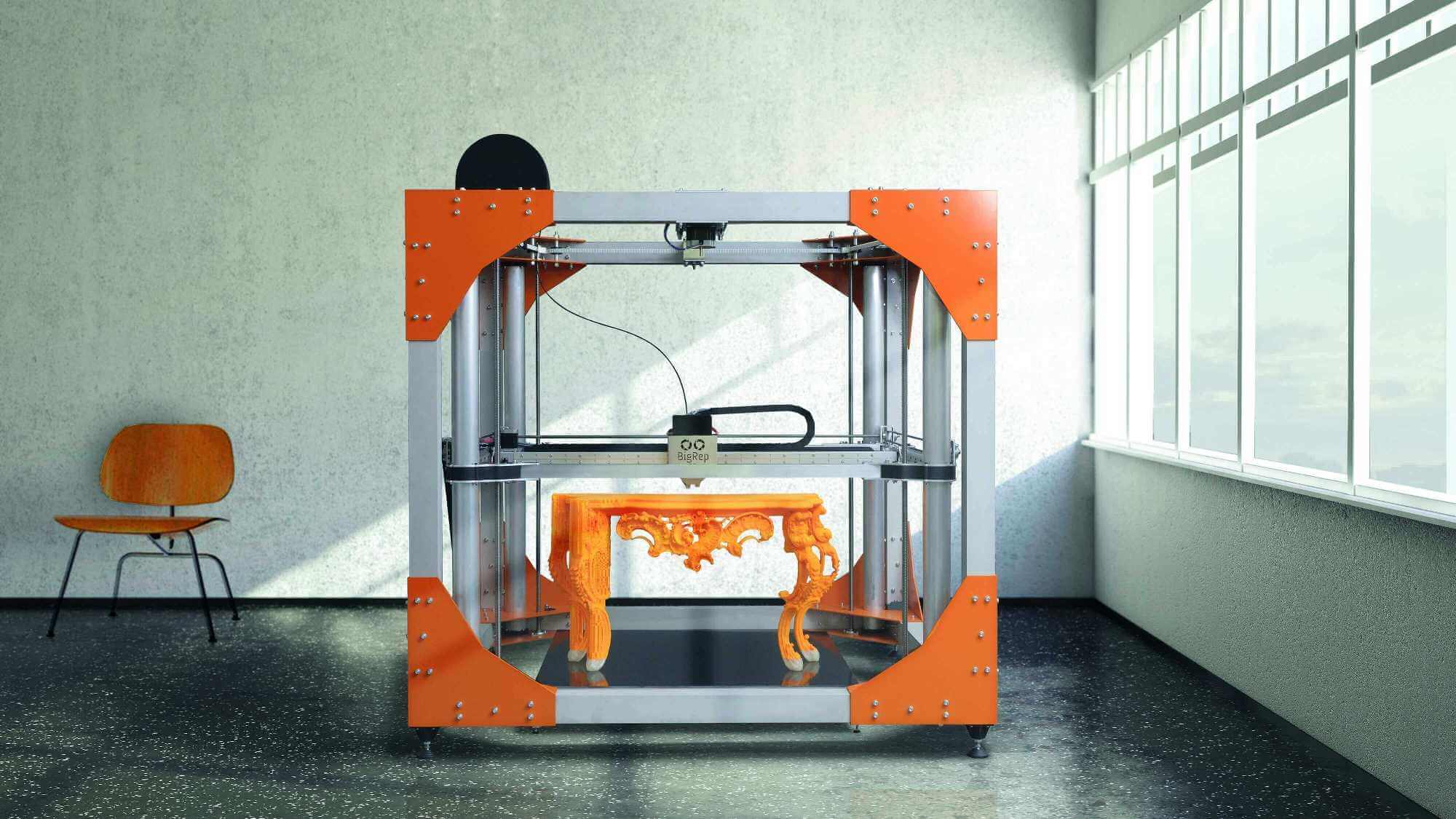
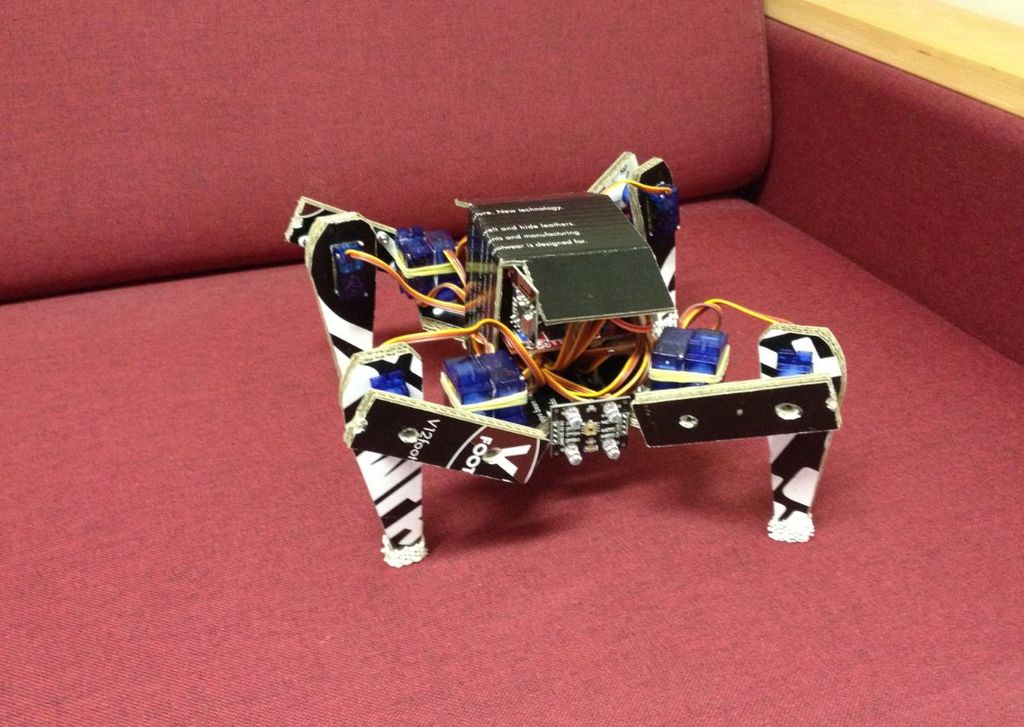
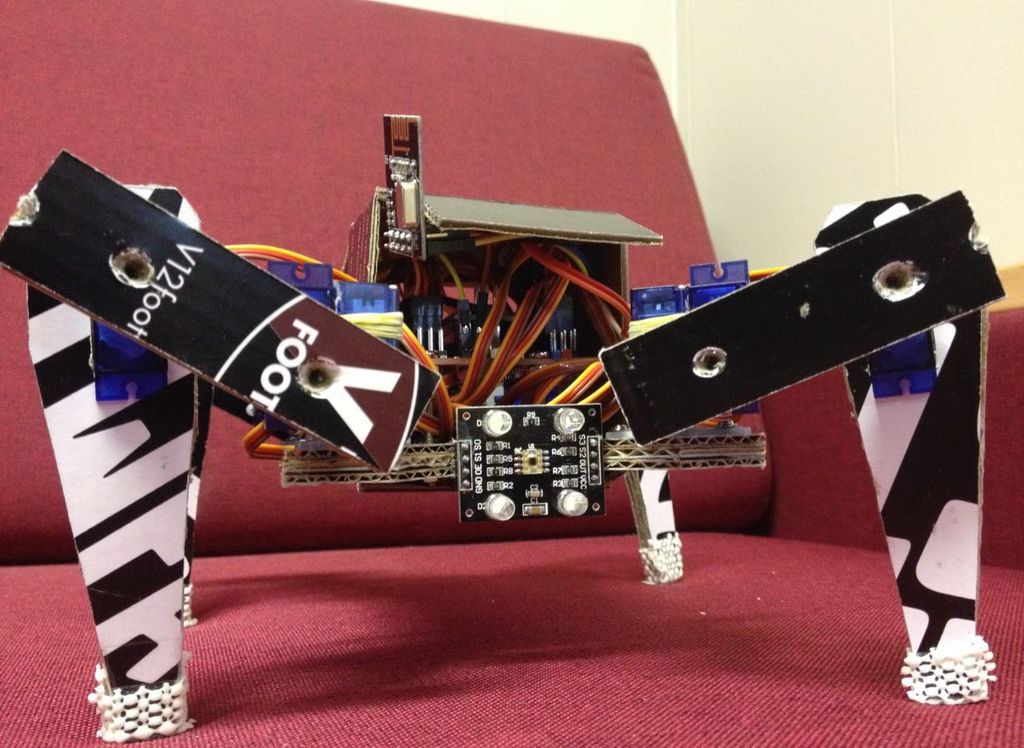

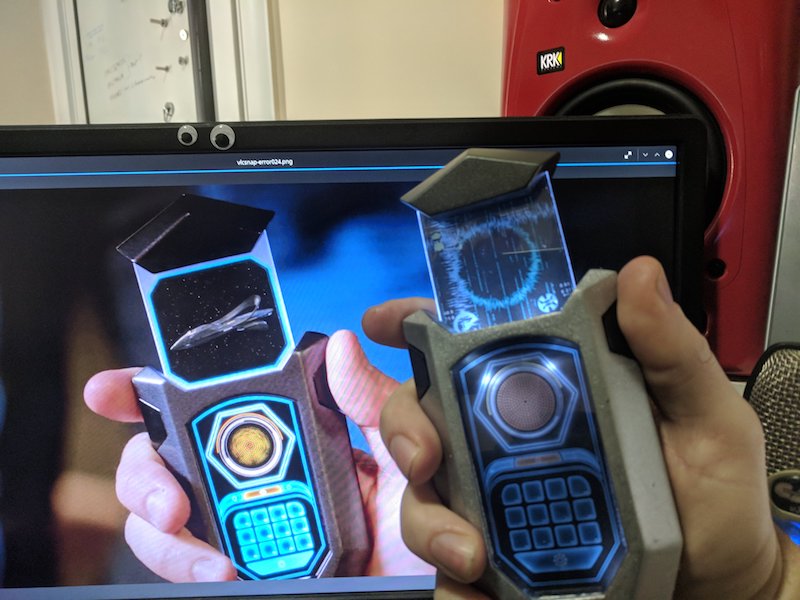




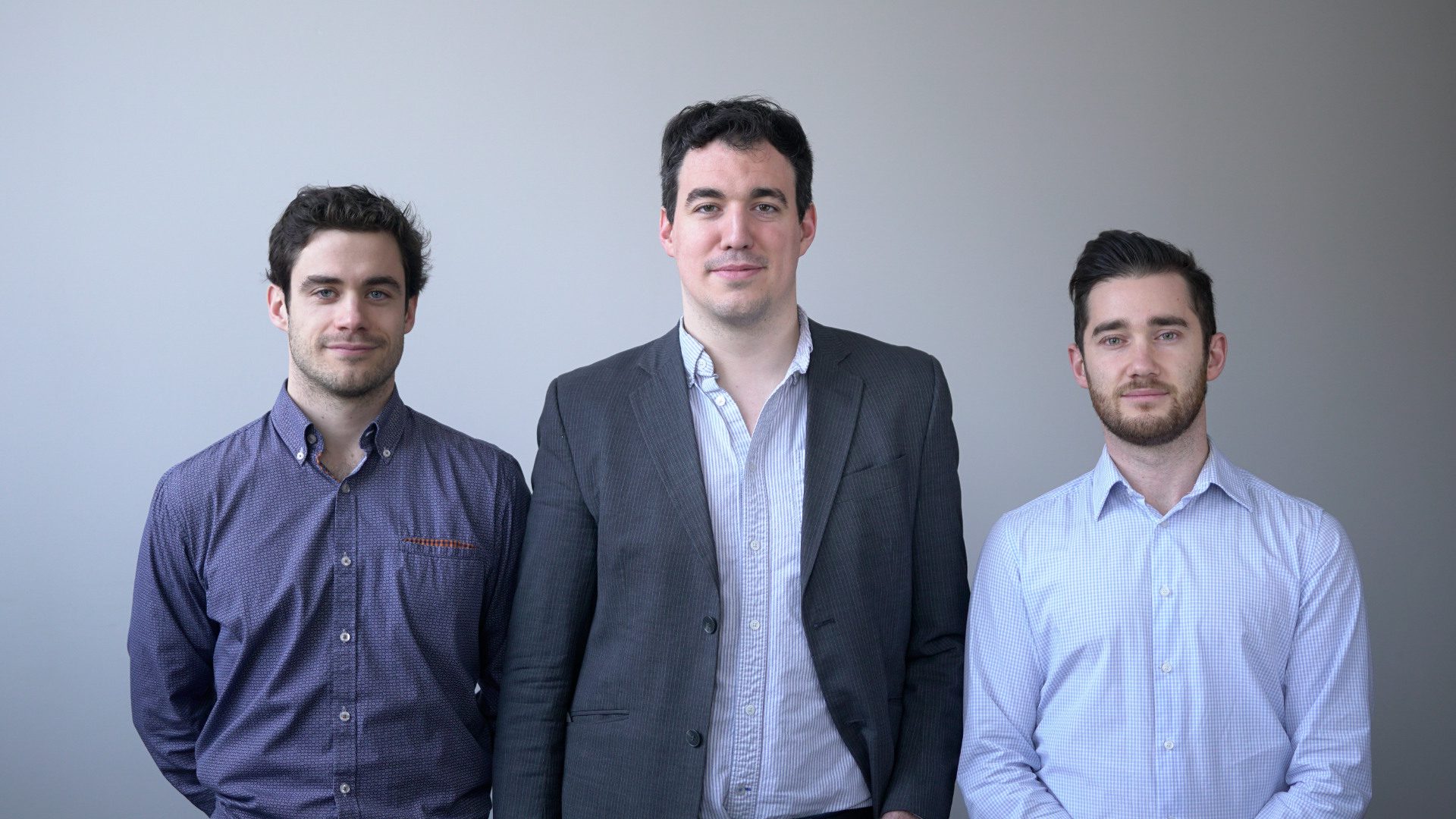
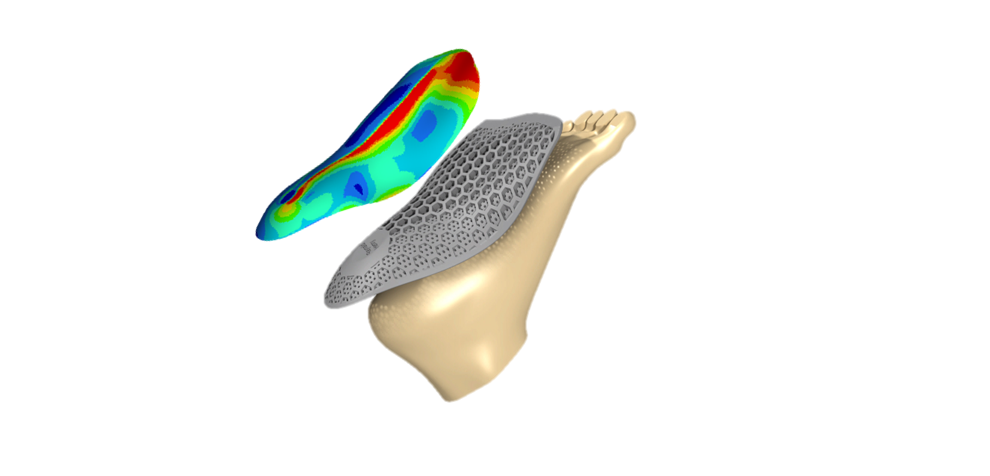

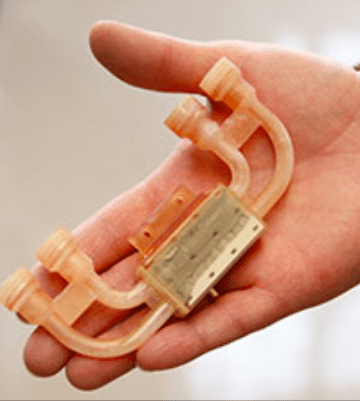
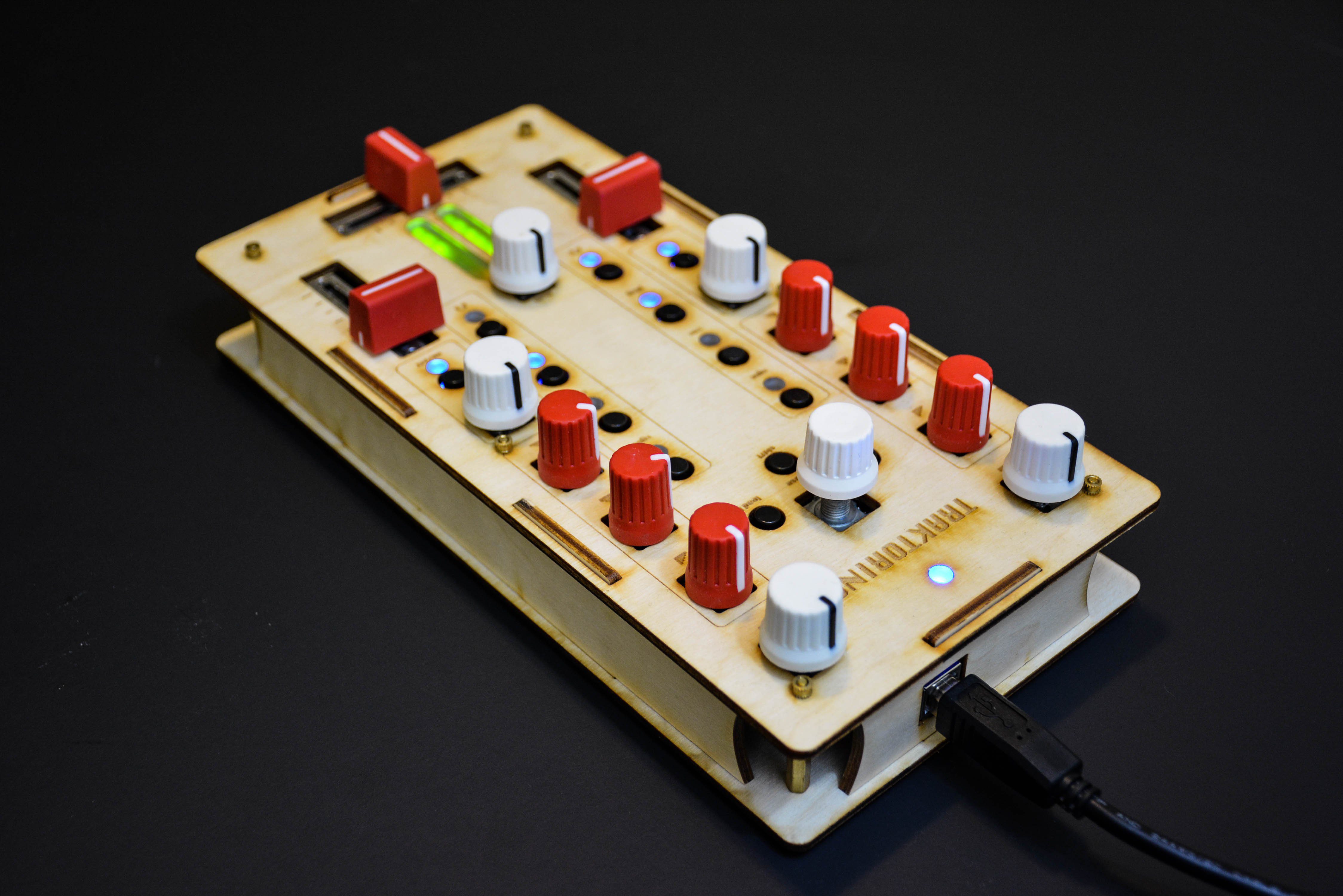
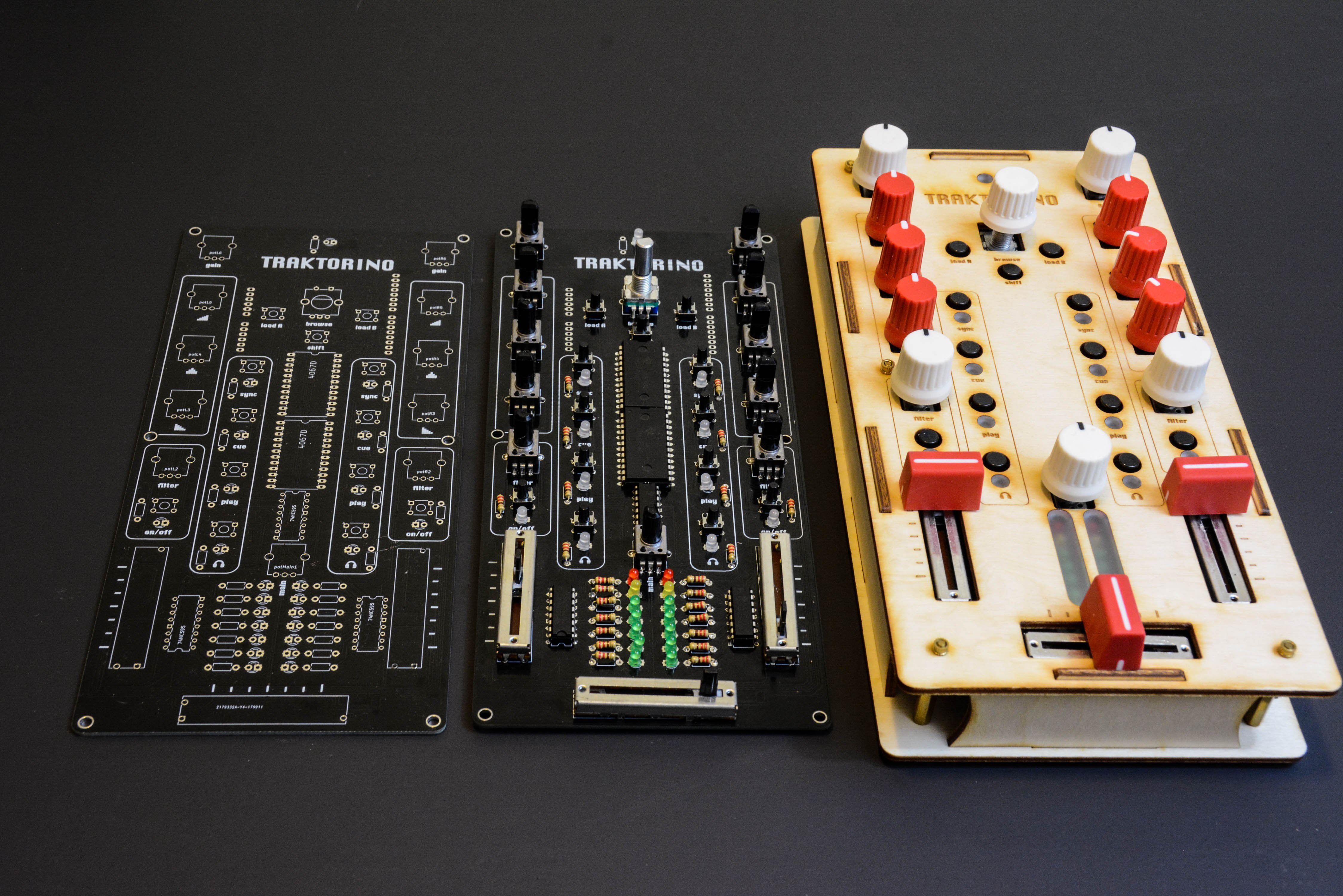
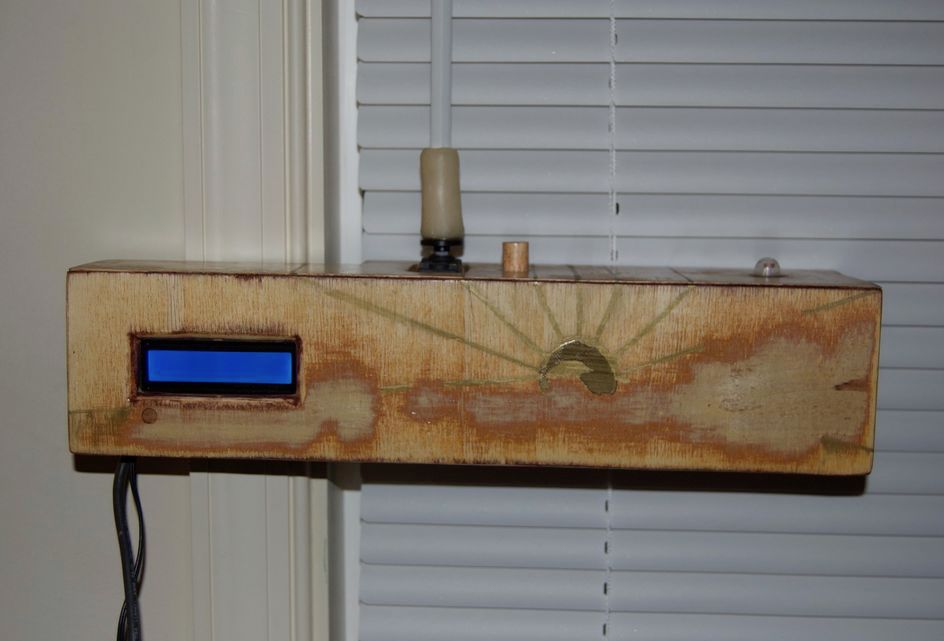



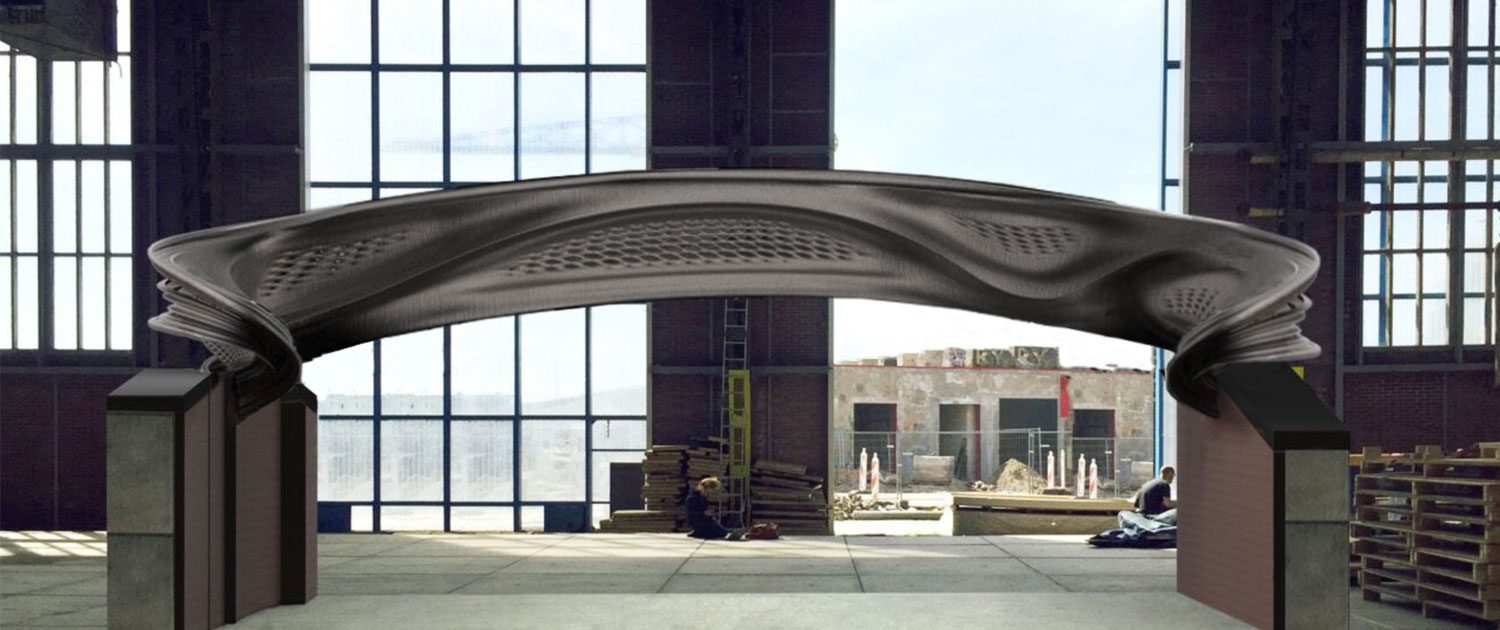
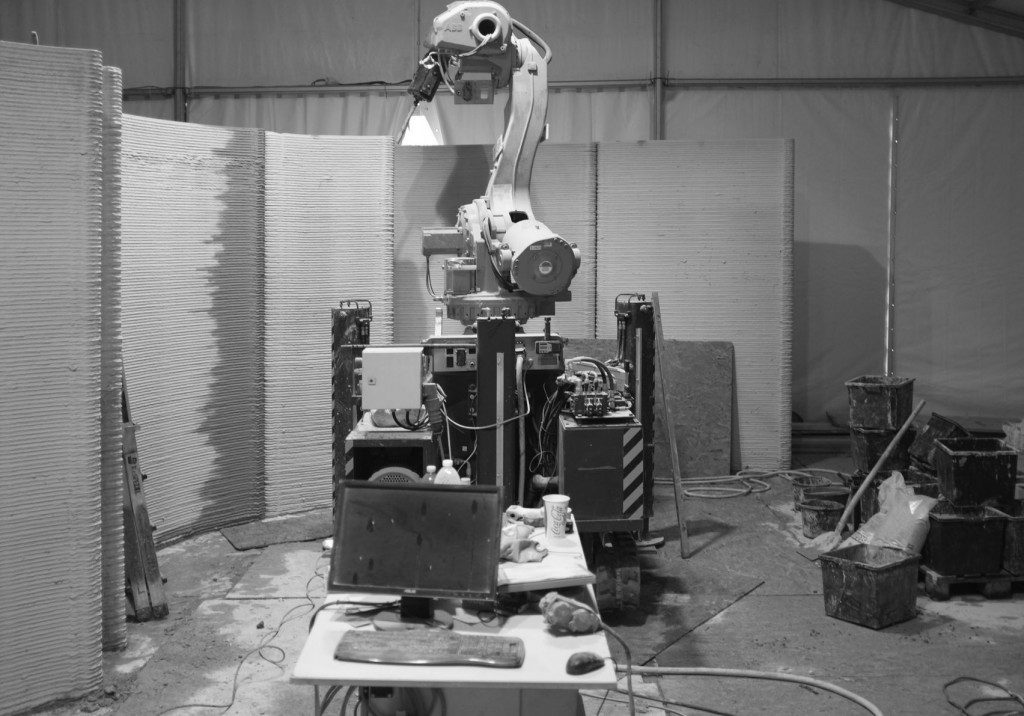
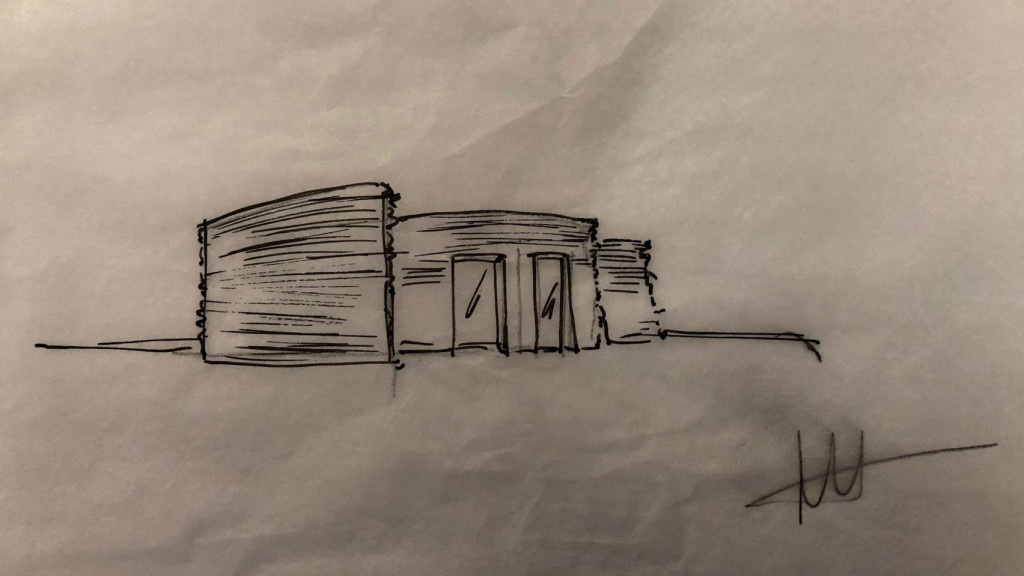



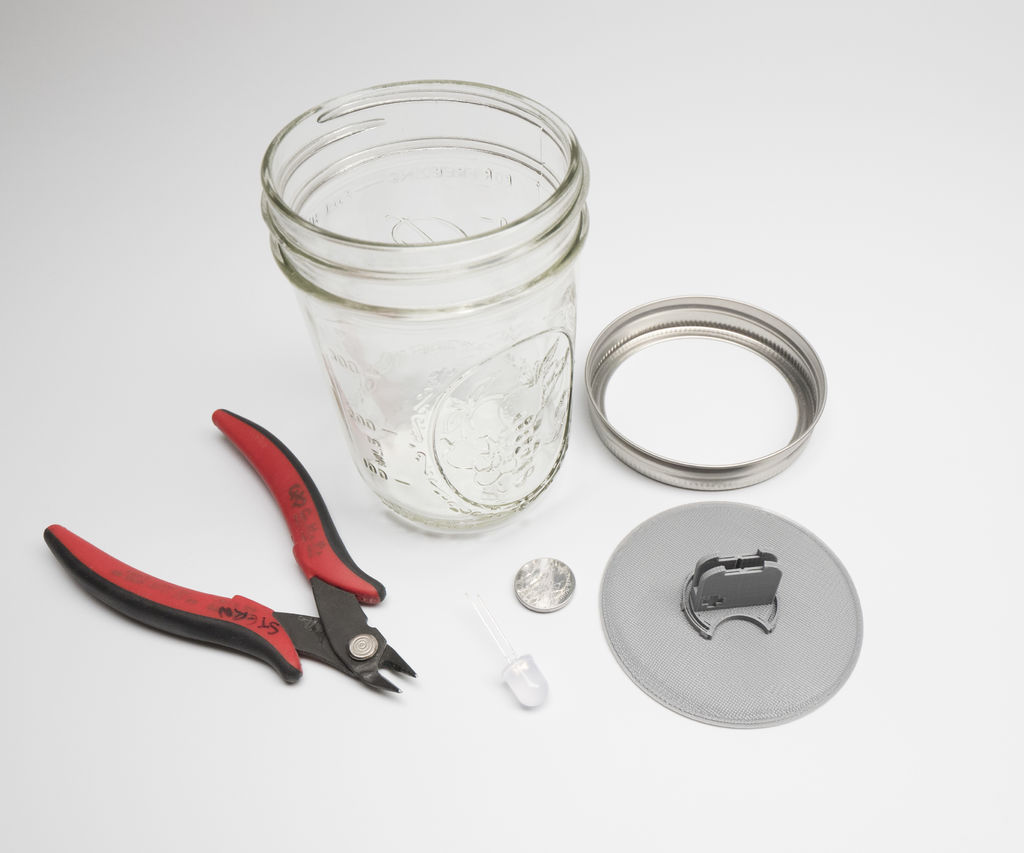

![[DEAL] Makerspace by No Starch Press Humble Book Bundle – Pay What You Want](https://www.blogdot.tv/wp-content/uploads/2018/04/deal-makerspace-by-no-starch-press-humble-book-bundle-pay-what-you-want.jpg)
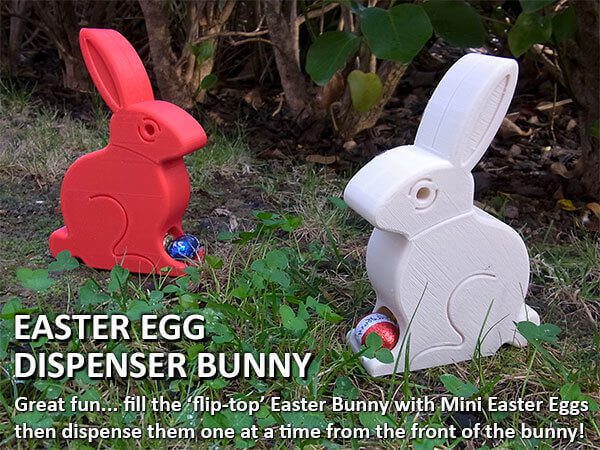

![[DEAL] Robo R2 & C2 3D Printer Easter Bundles – $100+ Worth of Filament Included Free](https://www.blogdot.tv/wp-content/uploads/2018/04/deal-robo-r2-c2-3d-printer-easter-bundles-100-worth-of-filament-included-free.jpg)
![[DEAL] Ultimaker 3D Printers (Refurbished), 10-15% Off at MatterHackers](https://www.blogdot.tv/wp-content/uploads/2018/03/deal-ultimaker-3d-printers-refurbished-10-15-off-at-matterhackers.jpg)



![[DEAL] 15% Off All colorFabb Filament Over Easter Weekend](https://www.blogdot.tv/wp-content/uploads/2018/03/deal-15-off-all-colorfabb-filament-over-easter-weekend.jpg)
